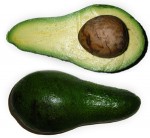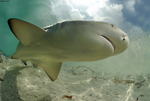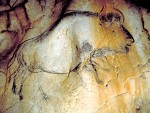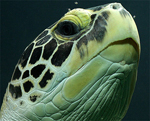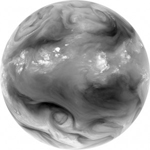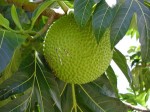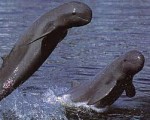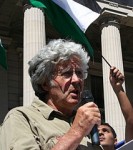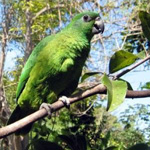Avocados
By Roger B. Swain, In Field Days: Journal of an Itinerant Biologist. Lyons & Burford, Publishers, New York, 1994. Central American animals that could have swallowed and excreted avocados include mammoths; toxodon, a rhinoceros-size mammal, without the horn, that was probably semi-aquatic; gomphotheres, elephantlike beasts with tusks in both jaws; glyptodonts, that weighed a ton or more, had a domed carapace, a heavy armored tail, and an armored head that could withdraw into the shell.
Continue reading →
